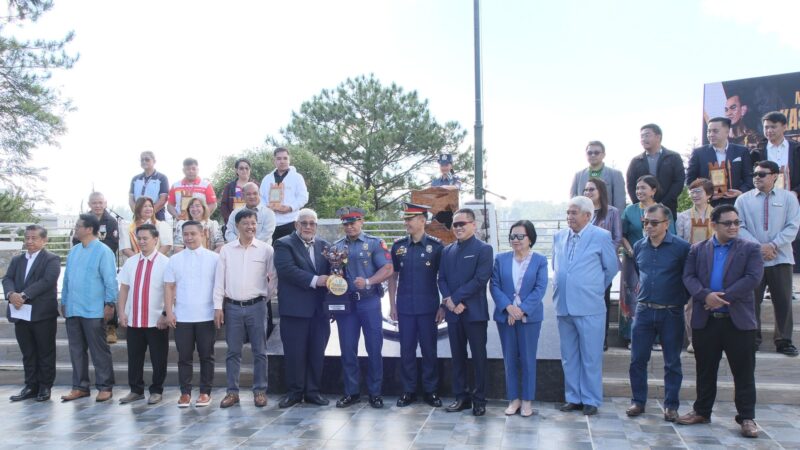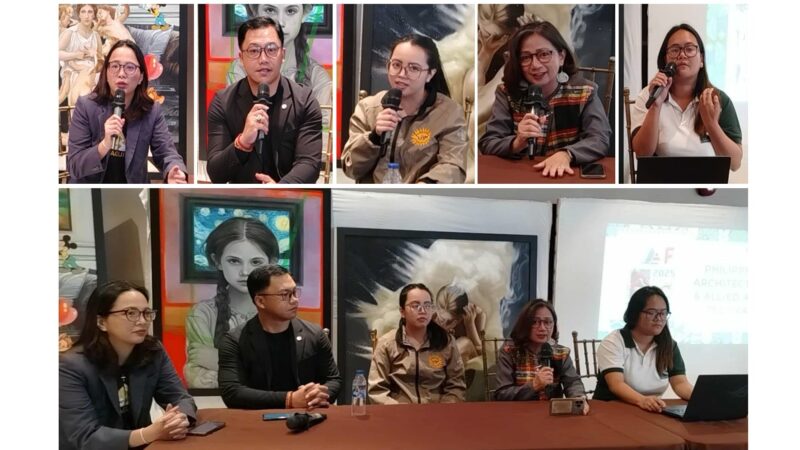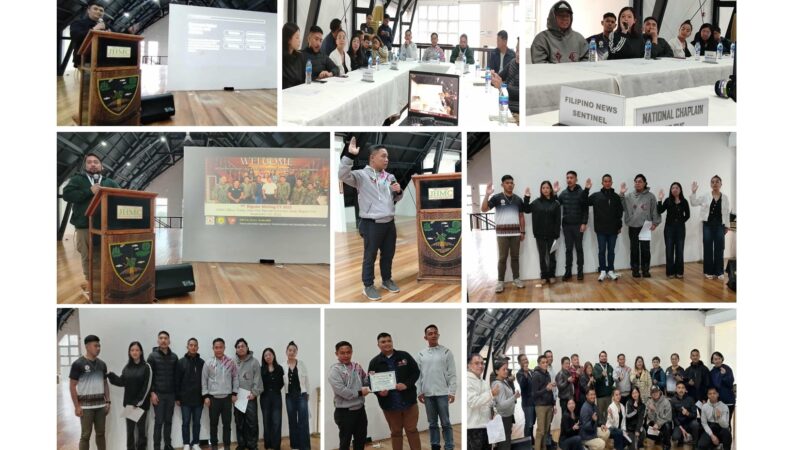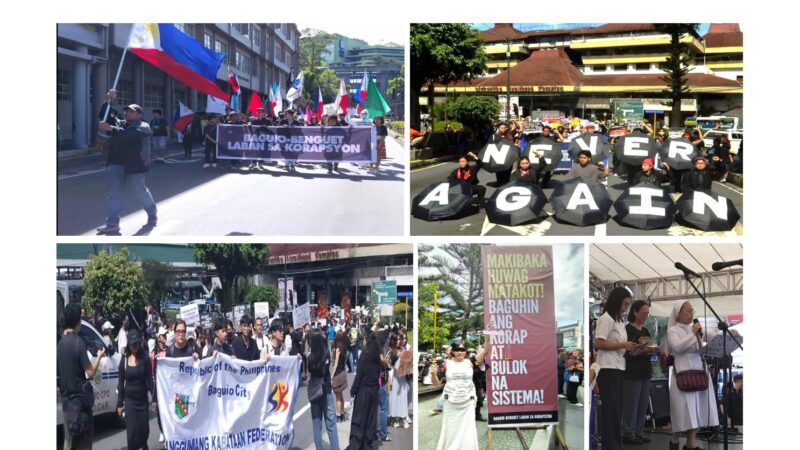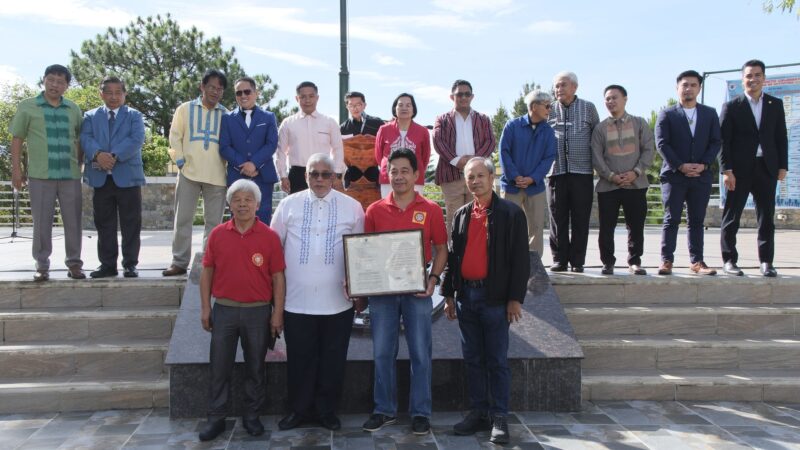Street dwellers outreach program continues

The city government is sustaining its outreach program for street dwellers to attend to their needs especially this rainy season.
A client profiling outreach activity was conducted last July 29, 2025 targeting homeless persons at the city’s central business district as part of the Pag-abot Program of the Dept. of Social Welfare and Development Cordillera (DSWD-CAR) in collaboration with the City Social Welfare and Development Office, City Health Services Office – Mental Health and Substance Use Wellness Unit and the Baguio City Mobile Force Company.
The Pag-abot program aims to reach out to vulnerable and disadvantaged individuals, children and families in street situations and improve their social well-being through provision of social welfare protection services, interventions and opportunities to improve social status and fulfill fundamental rights for them to live productively in a safe and enabling environment.
MHSUWU Head Ricky Ducas Jr. said the profiling outreach is just the first of the eight sessions they plan to undertake this year to cover all barangays.
“This outreach activity was designed to extend services to vulnerable individuals living or staying on the city’s streets. The multidisciplinary team provided not just essential items, such as clothing and supplies, but also conducted initial assessments to gain insight into each individual’s situation and needs,” he said.
Ducas stressed that these assessments “are key to crafting tailored support and intervention strategies for those most in need.”
A total of 12 street dwellers were successfully profiled during the July 29, 2025 activity leading to provision of interventions including arrangements for their reunification with their families. For this batch, three were reintegrated with their families, according to Ducas.
“The CHSO is thankful for the Pag-abot program for boosting our own programs by providing a compassionate, innovative approach to public service, aiming to ensure that no one in the city is left behind. By combining social welfare, health services, and community policing, the program exemplifies how inter-agency collaboration can create meaningful and lasting change for marginalized populations,” Ducas said. – Aileen P. Refuerzo


